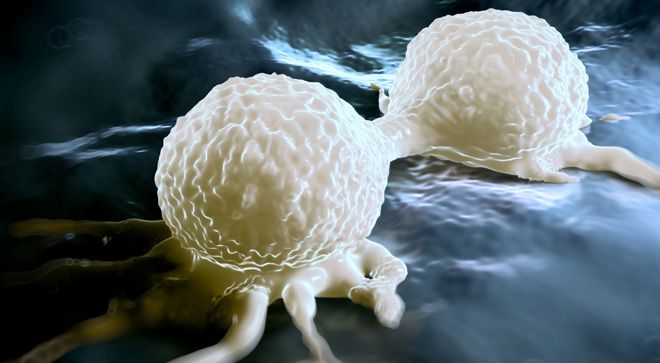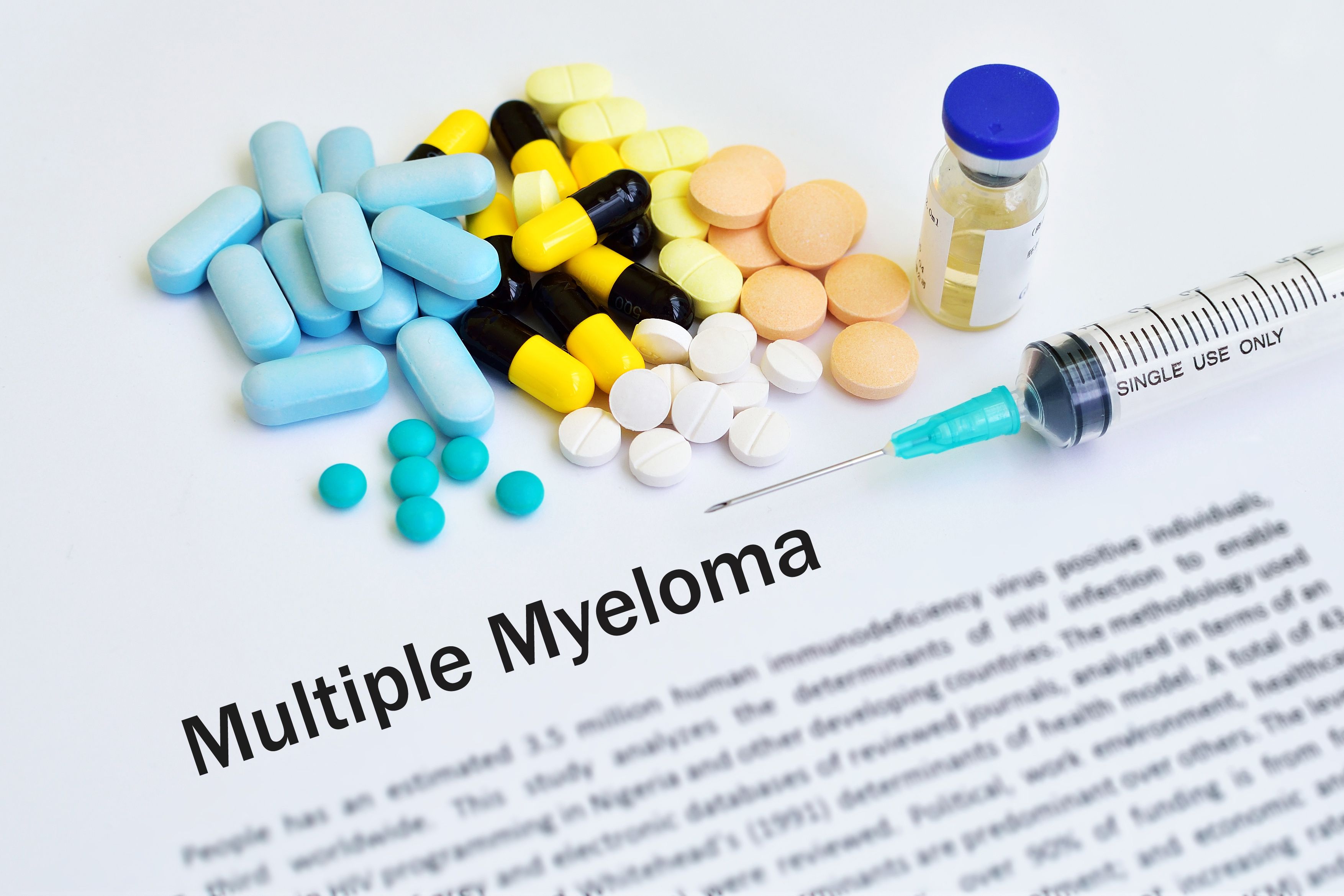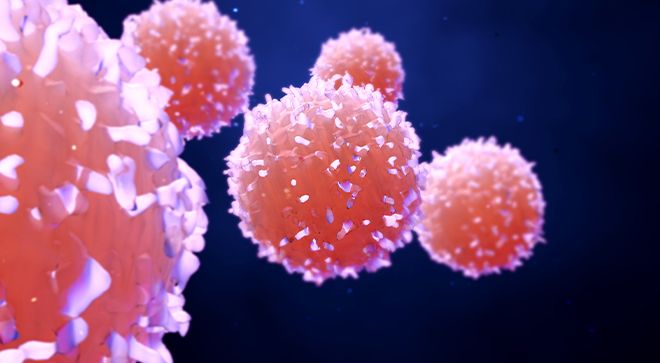Article
Many Factors Influence Which Cell-Based Treatment Options are Best for Patients with Multiple Myeloma, Expert Says
Author(s):
Efficacy is one of the most important drivers in determining which cell-based therapy a patient with multiple myeloma receives, according to an expert. However, she says, other factors, such as how aggressive the disease is, may play a major role.
Although efficacy is considered one of the most important driving factors in deciding which cell-based therapy option is best for patients with multiple myeloma, one expert notes that several other factors come into play.
“The most important thing is … how do (physicians) really know who the right patient is for what therapy?” Dr. Deepu Madduri, associate director of cellular therapy service and director of clinical operations with the Center of Excellence for Multiple Myeloma at The Tisch Cancer Institute and the Icahn School of Medicine at Mount Sinai in New York City, said during a presentation at CURE®’s Educated Patient® Multiple Myeloma Summit. “The data (are) all preliminary for these cell therapies and comparison between the studies (is) not really appropriate.”
During her presentation, Madduri discussed recent developments in the use of chimeric antigen receptor (CAR)-T cell therapy and bispecific T-cell engager (BiTE) therapy for the treatment of patients with multiple myeloma. As she discussed the efficacy of several of these therapies and how they factor into a patient’s treatment, she emphasized what factors may play a role in how certain cell-based therapies are chosen.
READ MORE: Novel CAR-T Cell Therapy Produces Sustainable Response in Patients with Relapsed Multiple Myeloma
While Madduri stressed that longer follow-up data surrounding CAR-T cell therapy and BiTE therapy are needed, she noted that it may not come down to “who’s the right patient” but rather a multitude of other aspects.
“There’s a lot of factors that are really going to influence on what therapy is good for a patient,” she said.
Decisions about who gets what cell-based treatment, according to Madduri, will likely revolve around how aggressive their disease is, whether their disease is refractory (resistant to other therapies) and what therapies they have had in previous lines of treatment. Other considerations include whether patients are able to travel for treatment, can receive the treatment weekly or every other week and can be admitted to a hospital to receive CAR-T cell therapy.
“You have to basically look at all these factors and find the (treatment) that’s the most effective (and) safe, but (also) while maintaining the quality of life for the patient,” she said.
For instance, according to Madduri, if a patient’s disease is controlled and not considered aggressive, then it may be smart to go with a CAR-T cell therapy. However, if the disease is considered aggressive and the patient cannot wait the four to six weeks for the manufacturing of CAR-T cells, then the BiTE therapy may be the best choice.
Rapidly changing field
Madduri shared data that have shown various CAR-T cell therapies and BiTE therapies to be safe and effective in elderly patient populations with multiple myeloma. Patients as old as 78 years have received CAR T-cell treatment, and patients as old as 84 years have received BiTE therapies.
“So I don’t think we should really look at the age, but if you do have someone that’s 84 and (who) has a lot of comorbidities, maybe a bispecific would be better for the elderly patient, but I don’t want to write off that just because they’re over 65 they can’t do CAR-T,” she said.
“You can see that the field is rapidly changing,” Madduri concluded. “(Cell-based therapies are) really paving the ways we’re seeing really good, deep (and) durable responses in these heavily pretreated patients. So again, efficacy is one of the most important drivers but it’s hard to compare head to head against all these trials, but look at the rate of progression, look at their frailty, comorbidities and other factors and decide on the right therapy for (patients).”
For more news on cancer updates, research and education, don’t forget to subscribe to CURE®’s newsletters here.




